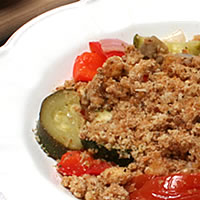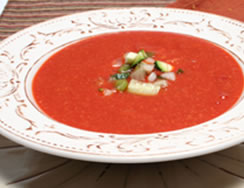Treat your fish like ice cream: Keep it cold! Seafood will stay fresh only if it's kept cold. Never leave seafood in a hot car, since this speeds spoilage and may make seafood unsafe to eat.
Follow these guidelines once you get your seafood home.
Storing Fresh Seafood
- Unwrap, rinse under cold water, pat dry with paper towel and place in an airtight container.
- Store in the coldest part of the refrigerator.
- For optimum flavor, texture, and nutritional value, store fresh seafood no longer than two days before use.
- For optimum quality, it's best to use fresh seafood in its fresh state. If it's necessary to freeze fish, freeze it quickly and use it as soon as possible.
- Refrigerate live clams, oysters, mussels, crabs, lobsters, and crayfish in well ventilated containers. Cover container with a damp cloth or paper towel.
- Do not store live shellfish in airtight bags or containers. Storing live shellfish in salt water shortens shelf life. Storing live shellfish in fresh water kills them.
Storing Frozen Seafood
- Store frozen seafood products in the freezer immediately when you get home from the store.
- Store them in their original moisture and vapor proof package.
- Frozen seafoods packaged in over-wrapped trays should be repackaged in cling wrap, plastic freezer wrap, freezer paper, or other moisture and vapor proof material before storing them in the freezer.
- Keep frozen seafood at 0 degrees F or below until ready to use.
Thawing Frozen Seafood
- Many frozen seafood products do not need to thaw before being cooked. Follow the processor's directions for preparing frozen seafoods (frozen seafoods generally require double the cooking time recommended for fresh fish).
- Thaw frozen seafood in the refrigerator (about 18 hours per pound) or under cold water.
- Do not thaw frozen seafood at room temperature or under warm running water. Thinner parts of the seafood thaw faster than thicker parts, and the outer edges may start to spoil before the center has thawed.
Handling and Preparation
- Don't cross-contaminate! Food poisoning and spoilage bacteria can spread from raw and live seafood to cooked seafood. Handle raw and cooked seafood products separately to avoid cross-contamination.
- Thoroughly wash and rinse knives, containers, and cutting boards between handling raw and cooked seafoods.
California Seafood Council










